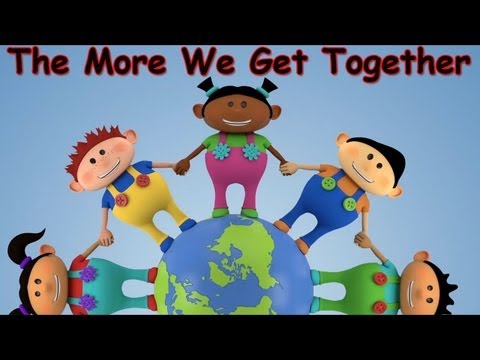Learn English via Listening - Level 4 Newspapers - mp3 listening english
Исполнитель: Learn English via Listening - Level 4
Название: Newspapers
Длительность mp3: 03:58
Добавлено: 2015-03-10
Слушали: 708
All the great cities in the world now have newspapers. But newspapers, as we know them
today, are not that old. The very first newspapers began long after the invention of
printing. They started in Europe in the 1600s, and were usually only a couple of pages
long. For a long time, newspapers were not very common. Governments didn't want
public discussion of their policies and decisions. Often they closed down papers, or
taxed them heavily. The "Stamp Tax" on newspapers and pamphlets was one of the
causes of the American Revolution.
Newspapers began to grow in sie when they discovered advertising as a source of
income. Nowadays, advertising is the main revenue source for most newspapers. As
newspapers became more widely circulated, they could ask for more money for their
advertisements. By the late eighteenth century, newspapers were in common use in
Europe.
The 1800s and early 1900s was the golden age of newspapers. Improvements in
transportation, communication and printing processes made it easier to collect news
from near and far and to publish papers more quickly and more cheaply. The Weekly
Dispatch and the Times, both of London, England, were leading newspapers through
much of the 1800s. The Times was one of the first papers to include illustrations. It was
the first newspaper to use a steam engine to turn the presses. When the tax on
newspapers was reduced in 1836, the Times was able to increase its sie considerably. In
1840, it began to use the telegraph to collect news stories. In 1855 the tax on newspapers
was finally lifted.
The Times made its greatest reputation during the Crimean War between Britain and
Russia. British armies, fighting in Russia's Crimean Peninsula, were not only
unsuccessful in the war, but were suffering severely from illnesses. The Times sent out
the world's first war correspondent, William Howard Russell, in 1854. His reports from
the battle lines had a powerful effect on the British public. A War Fund was organied to
help the soldiers. Russell forced the government to accept the offer of Florence
Nightingale to organie nurses to travel to Crimea. A photographer, Roger Fenton, sent
back photos from the war, which were published in the Times.
Meanwhile in America, a more popular approach to newspapers had developed. The
newspaper had spread west with the pioneers, and nearly every little settlement had its
own paper. American newspapers were cheaper and livelier than British ones. They were
aimed at the average person, rather than the governing class. Examples of the new style
of editing and publishing were Joseph Puliter and William Randolph Hearst. Hearst,
especially, employed sensational and emotional writing, which aimed at stirring up the
public to action. Hearst is sometimes accused of starting the Spanish-American War of
1898 with his over-heated editorials. Nonetheless, his methods were successful in
raising circulation and were widely imitated.
The modern newspaper contains more than hard news. In fact, news may be a fairly small
part of it. Advertisements, gossip, show business, photos of celebrities, sports, stock
market prices, horoscopes, comic strips, weather reports and much more are found in its
pages. The modern newspaper is a total entertainment package. A question for the future
is whether electronic newspapers will replace paper newspapers.









